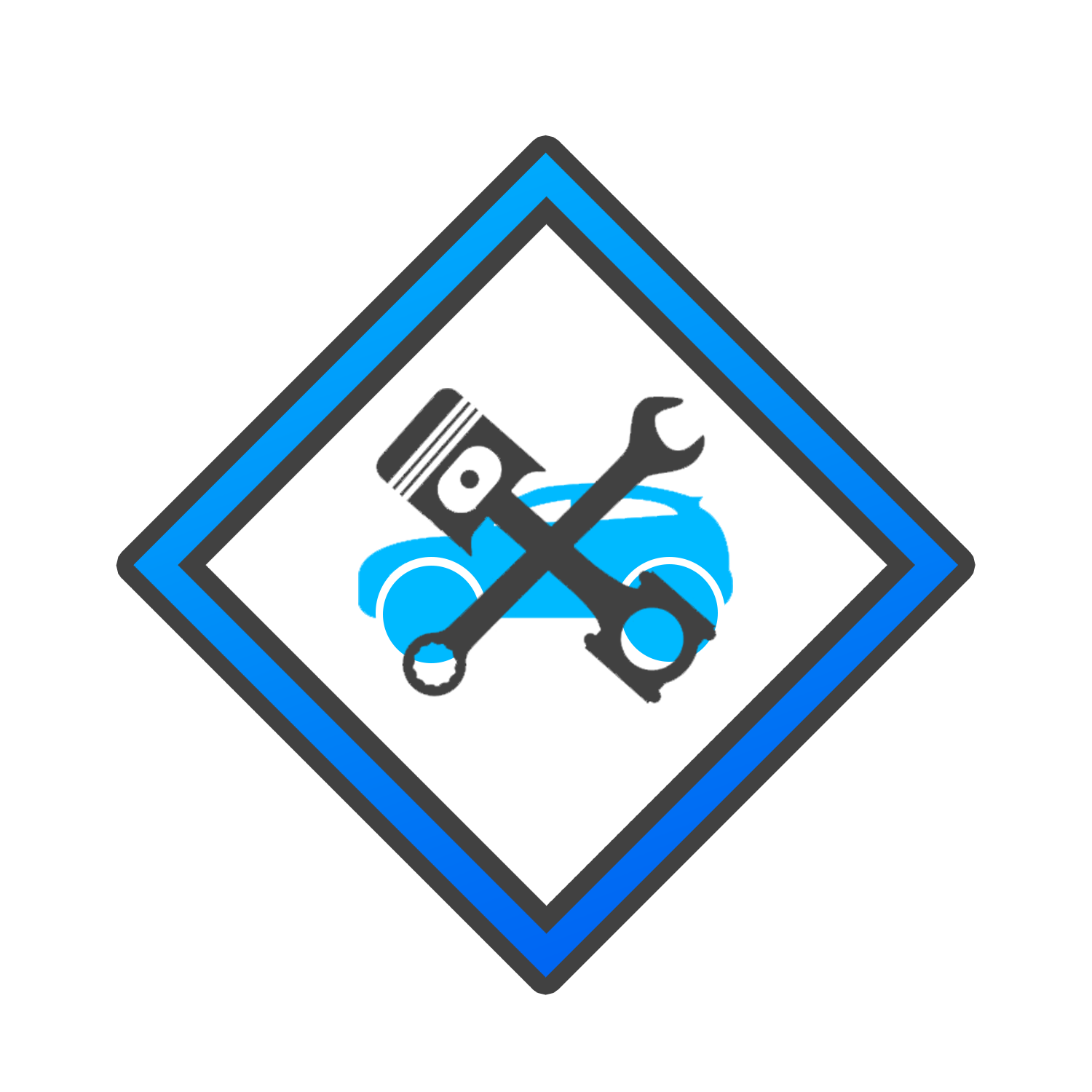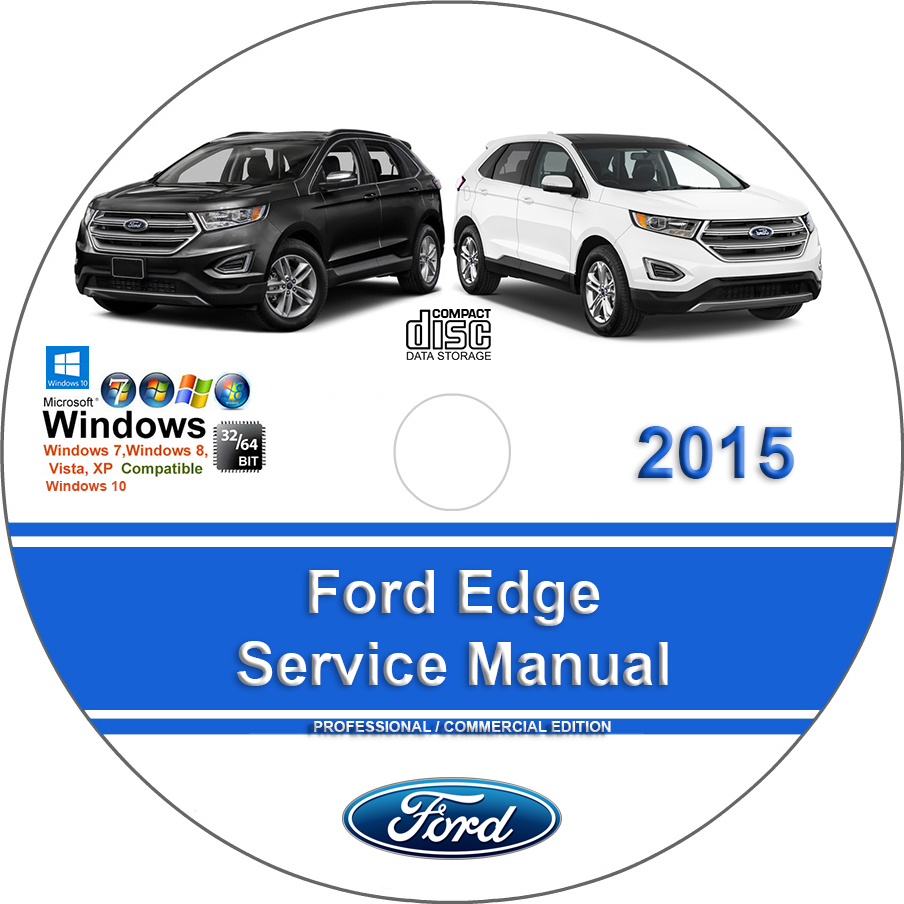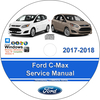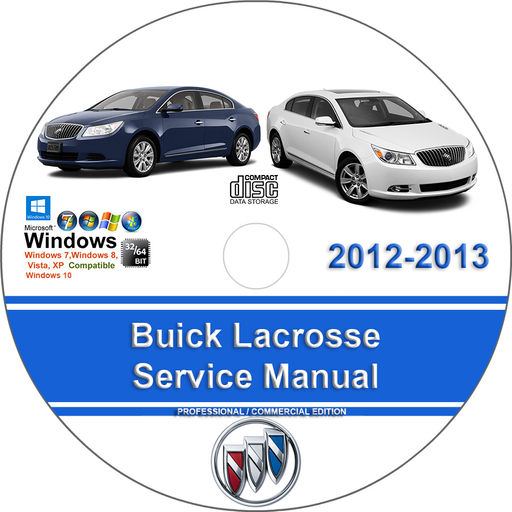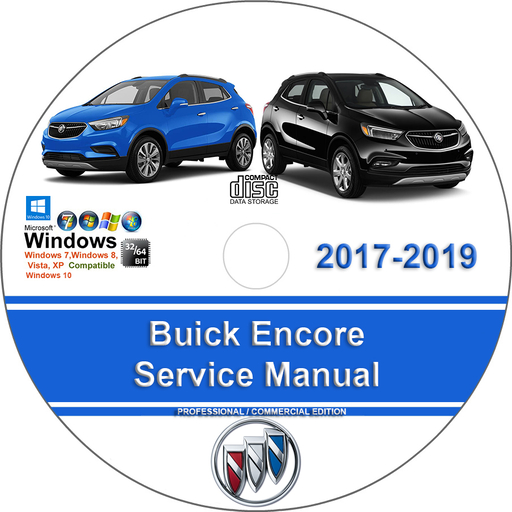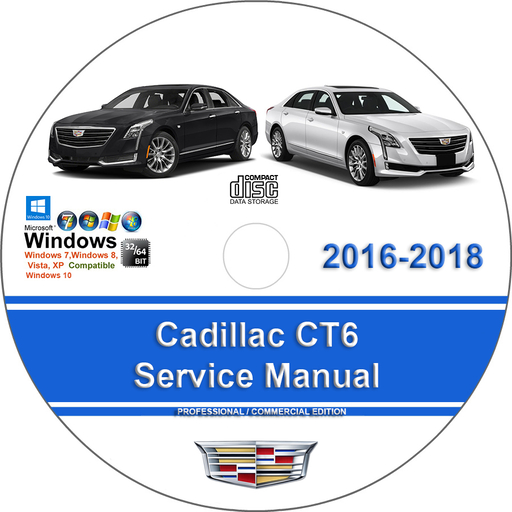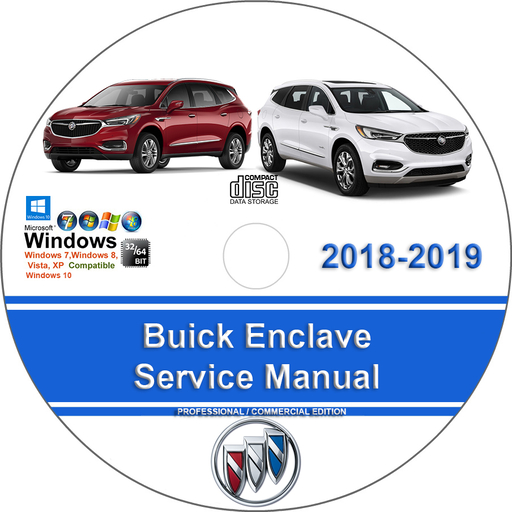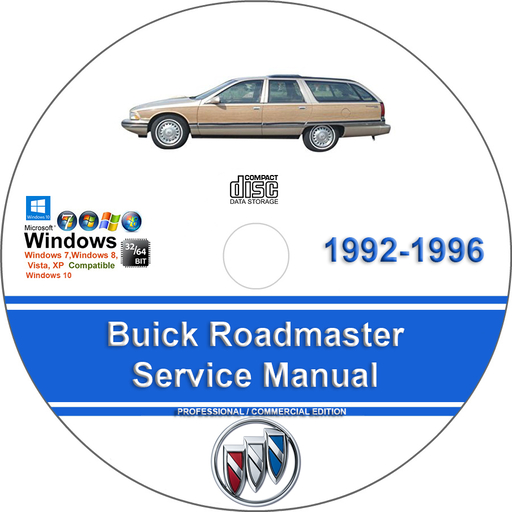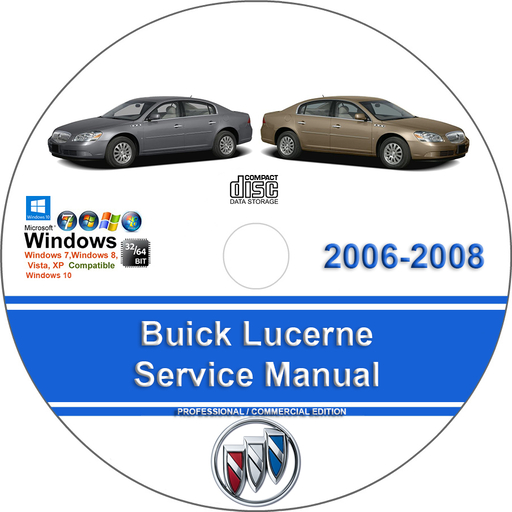Ford Edge 2015 Factory Service Repair Manual + Wiring
$34.00 – $42.00Price range: $34.00 through $42.00
Ford Edge 2015 Factory Service Repair Manual + Wiring
You can download this or I can ship it to you.
Loaded with Hi Resolution illustrations, instructions, photos, and diagrams, complete to service and repair your Ford.
Pages: 13000+
Ford Edge 2015 Factory Service Repair Manual + Wiring
Roomier, taller and progressively spry, the Ford Edge conservative hybrid SUV comes in a few trims that include: SE, SEL, Sport and Titanium. With seating for five and about 40 cubic feet of extra space, including a crease down second-push seat that builds stockpiling to almost 74 cubic feet, there’s a lot of room to stow your end of the week outdoors gear. The Edge highlights standard gear that incorporates: 17″ premium compound wheels, security glass in the back, 4.2″ touchscreen with GPS and a six speaker sound framework. Updates can score you additional items like keypad passage, mechanized headlamps, stopping sensors (front and back), Bluetooth/iPod/USB mix, controlled and warmed front seats, two-zone atmosphere control, bigger (up to) 22″ compound or chrome plated wheels, bigger 8″ touchscreen with the MyFord Touch gadgets interface, premium 12-speaker Sony sound framework, HD radio, remote section/start, xenon headlamps, fueled liftgate, crash alleviation framework and that’s only the tip of the iceberg. In the engine is a 3.5-liter V6 motor that gets 285 pull and 253 pound-feet of torque. This can be moved up to an all the more impressive 2.0-liter turbocharged four-chamber motor that makes 240 hp and 270 lb-ft of torque. Portage offers a three-year/36,000-mile constrained warranty .The new 2015 Ford Edge is as good as ever in practically every manner over its ancestor. The Edge, frequently contrasted with Nissan Murano, the Kia Sorento and the Chevrolet Equinox, the new Edge accompanies an all the more impressive arrangement of powertrains and serious efficiency. Traveler volume, back legroom and payload limit are among the best in the class.
Models Covered :
Ford Edge 2015
Manual Covers :
Accessories & Body, Cab:
APIM Hardware Testing
BCM Hardware Testing
Body Closures
Body Repairs – General Information
Bumpers
Collision Warning and Collision Avoidance System
Cruise Control
Cruise Control – Vehicles With Adaptive Cruise Control
Exterior Lighting
Exterior Trim and Ornamentation
FCIM Hardware Testing
Front End Body Panels
Front Seats
Glass, Frames and Mechanisms
Handles, Locks, Latches and Entry Systems
Horn
Information And Entertainment System – General Information – Vehicles With AM FM CD SYNC
Information and Entertainment System – General Information – Vehicles With Sony Audio System
Information And Entertainment System – General Information – Vehicles With Touchscreen Display
Instrument Panel and Console
Instrument Panel And Interior Switches Illumination
Instrumentation, Message Center And Warning Chimes
Interior Lighting
Interior Trim and Ornamentation
IPC Hardware Testing
Lane Keeping System
Module Communications Network
Module Configuration
Multifunction Electronic Modules
Parking Aid – Vehicles With Active Park Assist
Parking Aid – Vehicles With Parking Aid Camera
Parking Aid – Vehicles With Rear Parking Aid
Passive Anti-Theft System (PATS) – Vehicles With Keyless Vehicle System
Perimeter Anti-Theft Alarm
Rear Seats
Rear View Mirrors
Remote Convenience
Roof Opening Panel
Side and Rear Vision
Steering Wheel And Column Electrical Components
Uni-Body, Subframe and Mounting System
Wipers and Washers
Ateq Tpms Reset Procedure:
Ateq Tpms Reset Procedure
Automatic Stop/ Start Disable:
Automatic Stop/ Start Disable
Bartec Tpms Reset Procedure:
Bartec Tpms Reset Procedure
Brakes:
Anti-Lock Brake System (ABS) And Stability Control
Anti-Lock Brake System Component Testing
Brake System – General Information
Front Disc Brake
Hydraulic Brake Actuation
Parking Brake and Actuation
Power Brake Actuation
Rear Disc Brake
Canadian Model Reference:
Canadian Model Reference
Collision:
Paint – General Information
Common Specs and Procedures:
Common Specs and Procedures
Driveline and Axles:
Driveshaft
Front Drive Half shafts
Rear Drive Axle Differential
Rear Drive Half shafts
DTC Index:
DTC Index
Electrical:
Battery, Mounting And Cables
Charging System – General Information
Generator And Regulator
OEM Component Harness Location Charts
OEM Component Harness Location Views
OEM Connector End Views
OEM Connector Repair Procedures
OEM Electrical Wiring Diagram Introduction
OEM Fuse And Relay Location
OEM Ground Distribution
OEM Vehicle Repair Location Charts
OEM Wiring Diagram Symbols
OEM Wiring Diagrams
OEM Wiring Diagrams Component Testing
Voltage Converter Inverter
Emission:
Applications
Control Abbreviations
Engine:
Accessory Drive – 2.0L EcoBoost
Accessory Drive – 2.7L EcoBoost
Accessory Drive – 3.5L Duratec
Engine – 2.0L EcoBoost
Engine – 2.7L EcoBoost
Engine – 3.5L Duratec
Engine Cooling – 2.0L EcoBoost
Engine Cooling – 2.7L EcoBoost
Engine Cooling – 3.5L Duratec
Engine Ignition – 2.0L EcoBoost
Engine Ignition – 2.7L EcoBoost
Engine Ignition – 3.5L Duratec
Engine System – General Information
Exhaust System – 2.0L EcoBoost
Exhaust System – 2.7L EcoBoost
Exhaust System – 3.5L Duratec
Fuel Charging and Controls – Turbocharger – 2.0L EcoBoost
Fuel Charging and Controls – Turbocharger – 2.7L EcoBoost
Fuel System – General Information – 2.0L EcoBoost
Fuel System – General Information – 2.7L EcoBoost
Fuel System – General Information – 3.5L Duratec
Fuel Tank and Lines – 2.0L EcoBoost
Fuel Tank and Lines – 2.7L EcoBoost
Fuel Tank and Lines – 3.5L Duratec
Starting System – 2.0L EcoBoost
Starting System – 2.7L EcoBoost
Starting System – 3.5L Duratec
Engine Performance:
Acceleration Control
Electronic Engine Controls – 2.0L EcoBoost
Electronic Engine Controls – 2.7L EcoBoost
Electronic Engine Controls – 3.5L Duratec
Engine Controls – Description & Operation
Engine Controls – Diagnostic Methods
Engine Controls – Introduction
Engine Controls – Pinpoint Tests
Engine Controls – Powertrain DTC Charts & Descriptions
Engine Controls – Reference Values
Engine Controls – Symptom Charts
Engine Emission Control – 2.0L EcoBoost
Engine Emission Control – 2.7L EcoBoost
Engine Emission Control – 3.5L Duratec
Evaporative Emissions – 2.0L EcoBoost
Evaporative Emissions – 2.7L EcoBoost
Evaporative Emissions – 3.5L Duratec
Firing Order & Cylinder Identification
Fuel Charging and Controls – 2.0L EcoBoost
Fuel Charging and Controls – 2.7L EcoBoost
Fuel Charging and Controls – 3.5L Duratec
Intake Air Distribution and Filtering – 2.0L EcoBoost
Intake Air Distribution and Filtering – 2.7L EcoBoost
Intake Air Distribution and Filtering – 3.5L Duratec
Mode 6
General Information:
Anti-Lock Brake Safety Precautions
Clutch Trouble Shooting
Color-Coding
Commonly Used Abbreviations
Drive Axle Noise Diagnosis
Electrostatic Discharge (ESD) Warning – Basic Information
Engine Displacement Conversion Table
Engine Overhaul Procedures
Engine Performance Diagnostic Routine Outline
Engine Performance Safety Precautions
English-Metric Conversion Chart
Gear Tooth Contact Patterns
General Cooling System Service
General Information
Identification Codes
Jacking and Lifting
Maintenance Schedules
Manual Transmission Trouble Shooting
Noise, Vibration and Harshness
Parasitic Load Explanation & Test Procedures
State Emission Standards – Gasoline
State Emission Standards
Symptom Check List Worksheets
Trouble Shooting – Basic Procedures
TROUBLE SHOOTING
Using Wiring Diagrams
Waveforms – Injector Pattern Tutorial
Wheel Alignment Theory & Operation
HVAC:
Climate Control System – General Information
Reminder Indicator Reset Procedures:
Reminder Indicator Reset Procedures
Restraints:
Restraint System
Seatbelt Systems
Steering:
Electronic Power Assist Steering Component Testing
Power Steering
Steering Column
Suspension:
Ford Wheel Alignment Specifications
Front Suspension
Rear Suspension
Suspension System – General Information
Tire Pressure Monitoring System (TPMS)
Wheels and Tires
System Wiring Diagrams:
Wiring Diagrams
Tire Pressure Monitor Systems:
Tire Pressure Monitor Systems
Transmission:
6-Speed Automatic Transmission – 6F35
6-Speed Automatic Transmission – 6F50 6F55
External Controls
Four-Wheel Drive Systems
Transfer Case – 2.0L EcoBoost
Transfer Case – 2.7L EcoBoost
Transfer Case – 3.5L Duratec
Transmission Cooling – 6-Speed Automatic Transmission – 6F35
Transmission Cooling – 6-Speed Automatic Transmission – 6F50 6F55
Uniform Inspection and Communication Standards:
Brake Systems
Drive Train & Transmission Systems
Electrical Systems
Engine Performance And Maintenance
Exhaust Systems
Heating, Ventilation And Air Conditioning Systems
Routine Inspection Reference Guide
Steering & Suspension Systems
This manual is the same as the manual used by workshops. Service Manual contains detailed instructions and step by step diagrams for all workshop procedures.
Language: English
Format: PDF
COMPATIBLE WITH ALL WINDOWS & MAC COMPUTERS
(WINDOWS 10, WINDOWS 8, WINDOWS 11, ETC.)
Windows/Mac/Tablet/Phone Friendly
| Medium | USB Flash Drive, DVD, Download |
|---|
